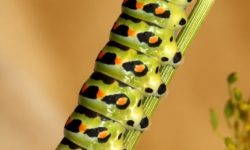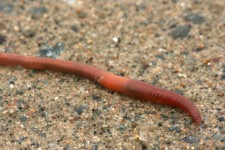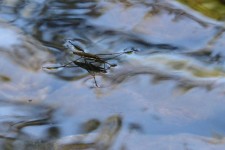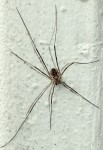While sweeping the garage last fall, I came across small carcasses that were c-shaped, hollow, white and smaller than a dime. I hadn’t seen any creature around that could have made them until last week when I moved the compost barrel.
Beneath the barrel were several small (one to two inches) black creatures with lots of legs that I had never seen before–millipedes. I probably hadn’t seen them before because they prefer moist, dark places like under compost.
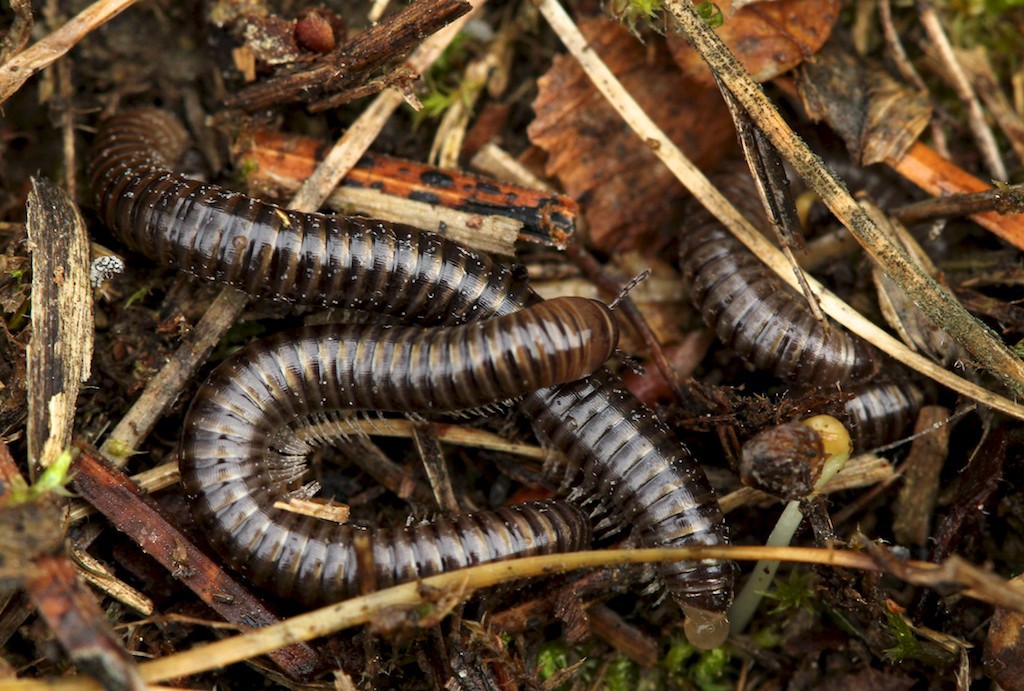
Some were curled up in the exact shape of the carcasses that were in the garage. I found out they tend to curl up when threatened to protect themselves. If I had touched one it may have released a toxic chemical thinking I was a predator.
I’ve seen centipedes before but not millipedes. Unlike the flattened shape of centipedes, millipedes are tubular. The legs differ too–centipede legs stick out to the side while millipede legs are underneath. Millipedes also move slower than centipedes even though they have more legs.
Despite “milli” meaning a thousand, most millipedes don’t have more than 750 legs. Some millipedes only have 22 legs. Certain millipedes have the distinction of having the greatest number of appendages of any species.
The millipede’s body is composed of hard, ring-like segments and each segment has two pairs of legs except for the first and last segment which have no legs. Centipedes only have one pair of legs per segment. The two pairs of legs per body segment provide a millipede with greater pushing force when burrowing.
Millipedes burrow to find food which includes plant material, organic matter, or dead or decaying leaves. They mainly push head-first like bulldozers over the soil surface and through leaf litter and loose soft soil. Like earthworms they recycle plant nutrients back into the soil and are considered one of the most efficient decomposers in deciduous forests.
Any leaf won’t do though. Millipedes prefer certain leaves and they tend to wait until the leaves have been partially broken down by bacteria and fungi. Then they turn the leaf material into finer organic matter (in the form of feces) that is returned to the soil.
First though, millipedes eat their feces to obtain more nutrients just like snowshoe hares. They also eat their exoskeleton. Let me explain.
A millipede has an exoskeleton (an external covering) for protection from predators, support of its insides (since it lacks bones) and to help conserve water. The calcium the millipede obtains through plant materials goes into making the crusty-white exoskeleton.
When millipedes hatch from eggs they lack legs but soon molt into a millipede with six segments and three pairs of legs. Molting is when arthropods shed skin (like crabs and spiders). A millipede can molt as many as 10 times until it reaches adulthood. With each molt more body segments and legs are added.
As the millipede grows, its exoskeleton (outer skin) becomes tighter and tighter until it no longer fits. Then the exoskeleton splits and the millipede crawls out. Initially after molting, the millipede may be white until the new exoskeleton hardens and dries.
Then the millipede eats its old exoskeleton for the nutrients and to get rid of any evidence of its presence to predators which include shrews, frogs, lizards, beetles, spiders and birds.
If a millipede escapes predators and dies in a garage, then its crusty white exoskeleton will be left behind for us to find.

